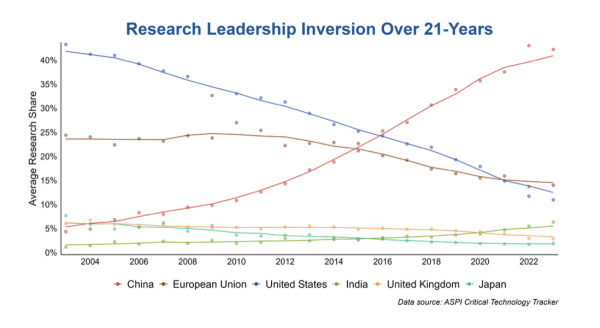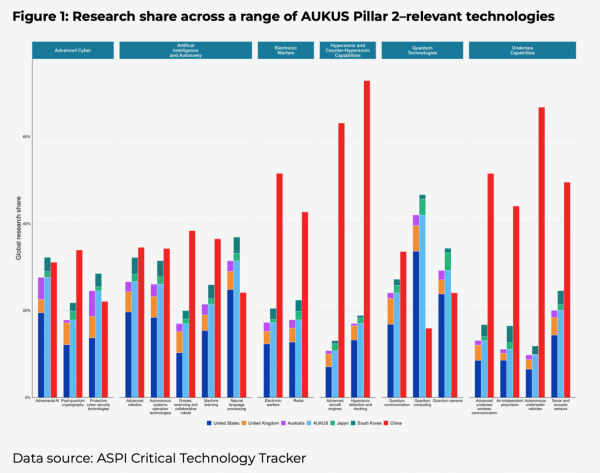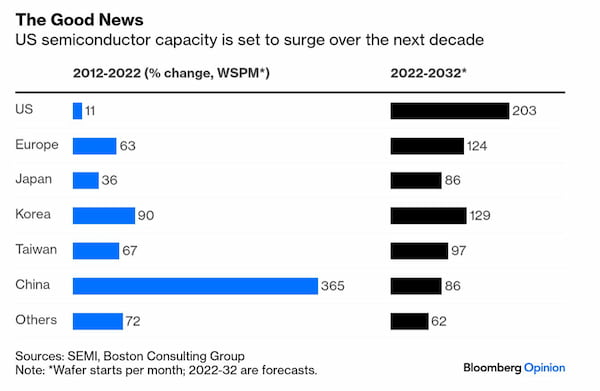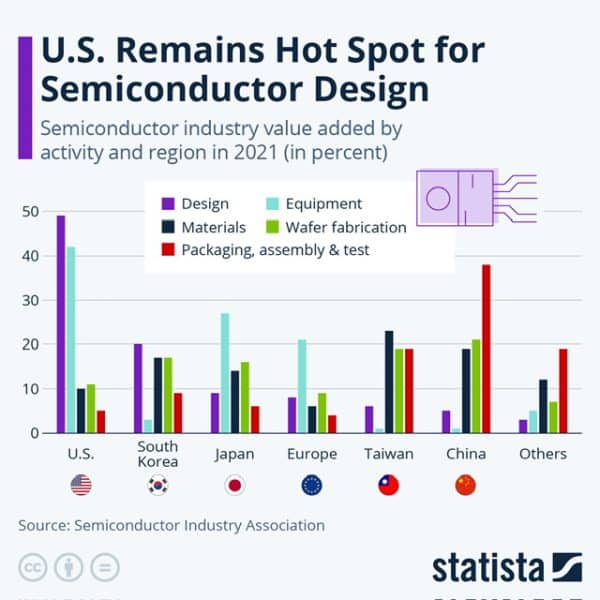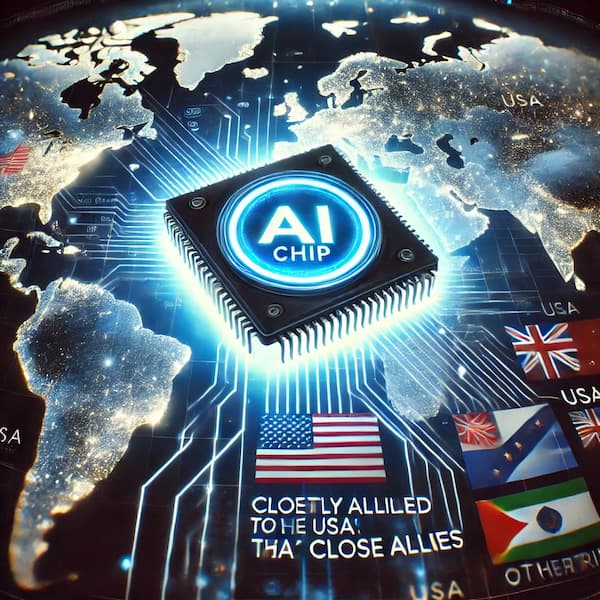Sale of AI chips is limited to the US' close allies. AI chips are foundational for many countries' technological and economic development opportunities. This is the second of three blog posts on AI and geopolitics..
Global Fragmentation Continues. While China restricts access to minerals and metals, the U.S. focuses on limiting access to technologies crucial for technological development, including AI, as mentioned in the previous blog post.
AI Chips Are the U.S.'s Geopolitical Leverage
In its penultimate week, the Biden administration released a plan for the sale of AI chips, titled Framework for Artificial Intelligence Diffusion. The plan illustrates how the U.S. aims to use AI chips as a geopolitical lever. AI chips will determine the technological development potential of many countries and, consequently, their economic futures.
The plan aims to ensure that sanctions related to AI chips remain effective. It is thus part of the U.S.'s commitment to following up on Huawei's circumvention of TSMC's ban on using their advanced chips in Chinese products (see the previous blog post).
Purchases Decided by How Close an Ally You Are
The plan sets limits on how many advanced chips various countries can purchase , depending on how close they are considered as allies and whether they support the U.S. sanctions on chips against third-party countries. Trump is expected to continue implementing the plan.
The plan divides the world into three groups:
Group 1 consists of 18 “close allies” that can still purchase an unlimited number of American chips. In practice, this also includes advanced chips under 20 nm from TSMC. The group includes the other “Five Eyes” countries (Australia, Canada, New Zealand, and the UK), major partners with key roles in the AI value chain (Japan, the Netherlands, South Korea, and Taiwan), as well as close NATO allies, including Germany (which will become the EU’s chip hub) and geostrategic countries like Denmark, Norway, and Sweden.
Most countries are however allowed to purchase only limited quantities
Group 2 covers most other countries. The sale of AI chips here is limited to quantities too small to drive commercial data centers. In practice, this includes over 20 EU countries, including the Baltic states and Poland. But it also includes countries like the Philippines, Indonesia, and India, all of which are betting on tech as their path to rapid growth. India, in particular, expects to become “the world’s next tech capital.” In practice, this means they need access to AI.
Group 3 consists of countries considered non-allies. In practice, this includes Russia, Iran, and China. The plan seeks to cut these countries off completely from acquiring EUV chips, including by using “connector” countries for re-exporting. This means that if, for example, an Indian consumer buys a self-driving Tesla in two years, which will contain EUV chips, that car cannot later be re-exported to China.
The Plan Will Also Impact the Services Data Centers Provide
The plan particularly takes into account that Big Tech companies often need to place data centers in various countries, either to comply with local legislation or to ensure security redundancy.
Companies like Amazon, Google, and Microsoft can thus establish unlimited data centers with AI chips in Tier 1 countries, as long as half of their computational power is based in the U.S. and they thoroughly protect the security around the data centers. In contrast, their data centers in Tier 2 countries can only grow in a limited manner. In practice, this means these centers will become unprofitable for modern tasks and will eventually be used for low-value purposes.
The Plan Will Become a Trade and Geopolitical Bargaining Chip
The success of the plan depends on how effectively it is rolled out and how the rest of the world reacts. Many developing countries, for example, will see their development opportunities significantly restricted.
Therefore, the U.S. will likely have to make concessions on other points, such as encouraging TSMC to build advanced chip factories in India. Alternatively, some resource-critical developing countries might once again look to China for solutions.
The Plan Can Set China Back, But Only Temporarily
In recent years, China has significantly increased its focus on securing strategic autonomy for EUV chips, i.e., self-production (as mentioned in the last blog post).
However, China faces some major bottlenecks here, such as securing supplies of silicon with up to 9N purity. This dilemma gives China at least two development directions: using graphene instead of silicon or accelerating the development of quantum computers. China will likely opt for the first direction and has almost certainly already chosen the second.
The next blog post will discuss the development of quantum computers. The U.S. had plans to collaborate with other countries to win this race until January 20. But on January 22, Trump launched Project Stargate with a budget of up to 500 billion USD.
See the previous blog post on AI and Geopolitics, and follow in the next.
